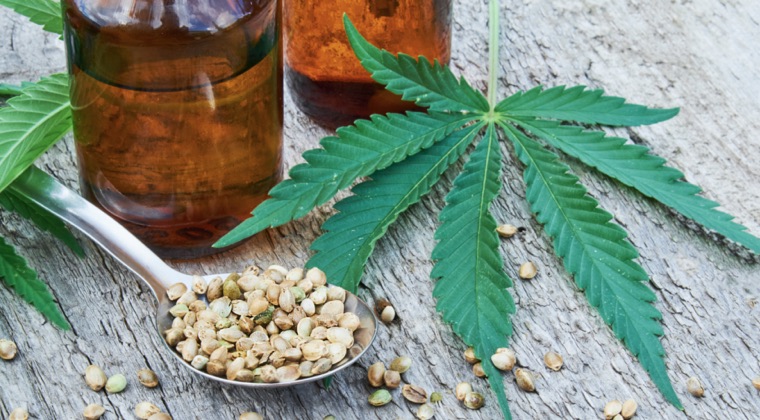MUSCLE RELAXANTS
What are muscle relaxants?
The term "muscle relaxant" is used to describe a wide variety of drugs that have been used to treat muscle pain or spasms. Muscle relaxants are prescription drugs.
How do muscle relaxants work?
- Because of the wide variety of drugs that are sometimes considered to be muscle relaxants, it is not possible to describe the underlying mechanisms by which these drugs work.
- The mechanism is not known in many cases.
- Some of these drugs work to relax muscle by working directly on the muscle.
- Others work on the nerves supplying signals to the muscles.
What are the names of some muscle relaxants?
| Generic name | Brand name | FDA approval (spasm-related) |
|---|---|---|
| abobotulinumtoxinA | Dysport | Cervical dystonia, Muscle spasms |
| baclofen | Gablofen, Lioresal | General spasticity |
| carisoprodol | Soma, Vanadom | Muscle spasms |
| chlorzoxazone | Lorzone | Muscle spasms |
| cyclobenzaprine | Amrix, Flexeril, Fexmid | Muscle spasms |
| dantrolene | Dantrium | General spasticity |
| onabotulinumtoxinA | Botox | Cervical dystonia, Muscle spasms |
| orphenadrine | Norflex | Muscle spasms |
| metaxalone | Skelaxin | Muscle spasms |
| methocarbamol | Robaxin | Muscle spasms |
| rimabotulinumtoxinB | Mybloc | Cervical dystonia |
| tizanidine | Zanaflex | General spasticity |
Note: Several other medicines, like diazepam (Valium), may also be used as a muscle relaxant and are not listed here.
Risks
Muscle relaxants can affect overall muscle tone and may be dangerous if muscle tone is needed for safe balance or movement.
- Taking these drugs with alcohol or opioids/narcotics can enhance these effects and this is particularly dangerous.
- Many muscle relaxants need to be tapered off slowly, rather than abruptly stopped.
- Other side effects include:
- Drowsiness
- Dry mouth
- Fast heartbeat
- Gastrointestinal upset
- Headache
- Weakness
More Medications modules
Please click on Cannabinoids to go to the previous module.

